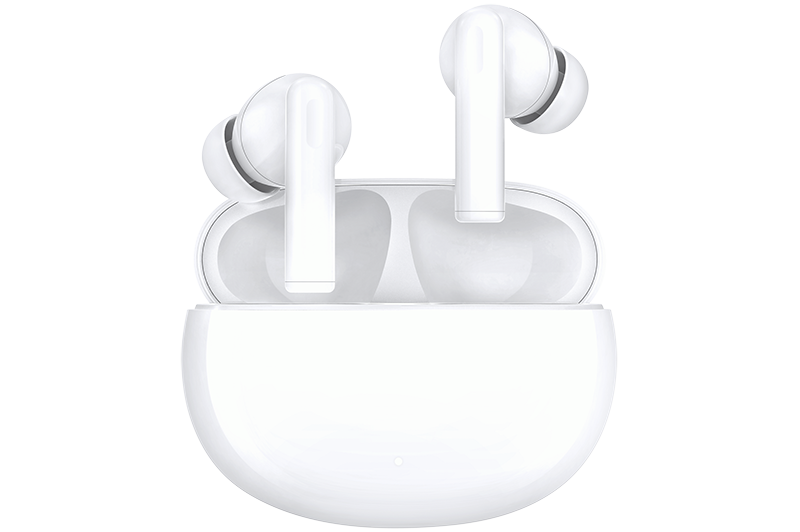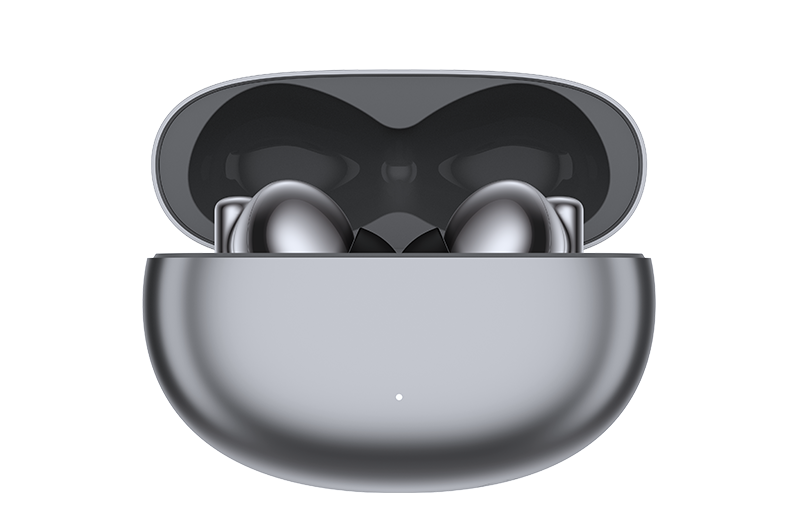TOP

我的荣耀 开启荣耀之旅

How to Find IP Address of Laptop: A Step-by-Step Tutorial
Knowing how to find IP address of laptop is one of the most basic skills every digital nomad should possess, which is beneficial for troubleshooting your network issues, setting up your home network and securing connections to your network.
In this comprehensive guide, we’ll explore the simple steps to locate your laptop’s IP address, ensuring you’re equipped to handle any network-related task with confidence.
What Is an IP Address?
IP addresses are strings of numbers separated by periods, which identify computers over a network using the Internet Protocol. They perform two functions: identifying network interfaces and addressing locations. Think of it as the digital equivalent of your home’s mailing address; it’s how data packets find their way to your device in the vast world of the internet.
How to Check IP Address of Laptop?
Now that we've covered the basics of what an IP address is and why it's crucial for your network identity, let's guide you through the straightforward steps of how to check the IP address of your laptop:
To Find the IP Address on Windows
Locating your IP address on a Windows laptop is a task that can be accomplished with ease, whether you’re connected via Wi-Fi or Ethernet. Here’s a streamlined guide to help you find your IP address across various versions of Windows:
For Windows 11 with Wi-Fi:
1. Click on the Taskbar.
2. Open Settings.
3. Navigate to Network & internet.
4. Access your Wi-Fi properties.
5. Your IP address is listed under IPv4 Address.
For Windows 10:
● Wi-Fi Connection:
a. Click on the Wi-Fi Network icon in the Taskbar.
b. Select your Wi-Fi Network.
c. Click Properties to find your IP address under IPv4 Address.
● Ethernet Connection:
a. Click the Ethernet Network icon in the Taskbar.
b. Choose your Ethernet Network Connection.
c. Under Properties, locate your IP address next to IPv4 Address.
For Windows 8 and 8.1 with Wi-Fi:
1. Select the Network Connection icon.
2. Open Network And Sharing System.
3. Double-click on Wireless Network Connection.
4. Click Details to view your IP address.
For Windows XP with Wi-Fi:
1. Open the Start Menu.
2. Right-click on Network and choose Properties.
3. Select Wireless Network Connection.
4. Go to Support, then Details to see your IP address.
For Windows Vista with Wi-Fi:
1. Open the Start Menu.
2. Right-click on Network and select Properties.
3. In the Network And Sharing Center, under Wireless Network Connection, choose View Status.
4. Click Details to reveal your IP address.
For Windows 7 with Wi-Fi:
1. Click the Network Connection icon.
2. Open Network And Sharing Center.
3. Double-click on Wireless Network Connection.
4. Select Details and find your IP address next to IPv4 Address.
In summary, finding your IP address on Windows is a straightforward process that can be quickly accomplished on any Windows laptop, such as the HONOR MagicBook 15 AMD. This laptop, equipped with Windows 11 Home, offers an intuitive interface for accessing network settings and finding your IP address. Additionally, the HONOR MagicBook 15 AMD, with its 15.6-inch FullView display, all-day battery life, and lightweight design, provides a seamless and efficient experience for such technical tasks and beyond.
To Find the IP Address on Mac
For Mac users wondering where to find IP address of laptop, the process is just as easy:
1. Go to System Settings by clicking the Apple icon.
2. Select Network.
3. Choose your network connection.
4. Click Details and navigate to see your IP address.
To Find IP Address Using Google
You can also determine your public IP address using the omnipresent search engine, Google.
1. Visit Google’s homepage.
2. Once there, simply type “What is my IP” into the search bar and press Enter.
Google, in its vast knowledge, will promptly display your public IP address at the top of the search results page. This address represents your network’s identity to the outside world, a digital beacon by which you are known to the internet at large.
However, it is worth mentioning that such a technique allows anyone to identify your public IP that varies from the private IP used within your local network. Public IP addresses are visible on the web as you connect to the Internet, while internal IP addresses are used for internal networking at home or at work.
Are IP Addresses Permanent?
When it comes to understanding IP addresses, it’s essential to grasp that they are not inherently permanent fixtures. Typically, IP addresses are static or dynamic.
Static IP addresses are consistent and unchanging. They are manually assigned and remain static, suitable for devices needing a permanent address like servers. However, dynamic IP addresses are assigned by the DHCP server within the network and may differ depending on each new connection. This is similar to the case of residential and small business internet connections in which a pool of IP addresses is dynamically allocated among several users.
In addition, the use of dynamic IP addresses enables ISPs to serve more customers from a few IP addresses. Once a device gets out of the network, the device’s dynamic address goes back to the pool for future use. This is referred to as the dynamic host configuration.
Conclusion
In conclusion, finding the IP address of your laptop is a simple and essential task for network troubleshooting and connectivity. Whether you're using Windows or Mac, the process involves a few steps in the system settings or through the command prompt. Knowing your IP address is crucial for various networking activities, setting up connections, and ensuring secure access. With the right steps, anyone can quickly locate this important piece of information.
FAQ
Does my laptop have a specific IP address?
Yes, every laptop or device connected to a network has a specific IP address. Your laptop will have a unique IP address assigned by the network it’s connected to, allowing for communication and data transfer within that network.
Is the IP address linked to the device or Wi-Fi?
An IP address is linked to the device when it connects to a network, whether it’s Wi-Fi or Ethernet. The network assigns an IP address to each device for identification and communication purposes.
Does your IP address change when you move?
Yes, your IP address will change if you relocate and get connected to another network. Devices are allocated with IPs that fall within a specified range of each network. Whenever you want to join a different Wi-Fi network or access an active mobile network, your computer gets another temporary IP address from the pool of temporary IP addresses on that particular network. Therefore, your IP is tied to a certain network and hence you will be using it when connected to the respective network.
Source: HONOR Club
We use cookies and similar technologies to make our website work efficiently, as well as to analyze our website traffic and for advertising purposes.
By clicking on "Accept all cookies" you allow the storage of cookies on your device. For more information, take a look at our Cookie Policy.
Functional cookies are used to improve functionality and personalization, such as when playing videos or during live chats.
Analytical cookies provide information on how this site is used. This improves the user experience. The data collected is aggregated and made anonymous.
Advertising cookies provide information about user interactions with HONOR content. This helps us better understand the effectiveness of the content of our emails and our website.













































